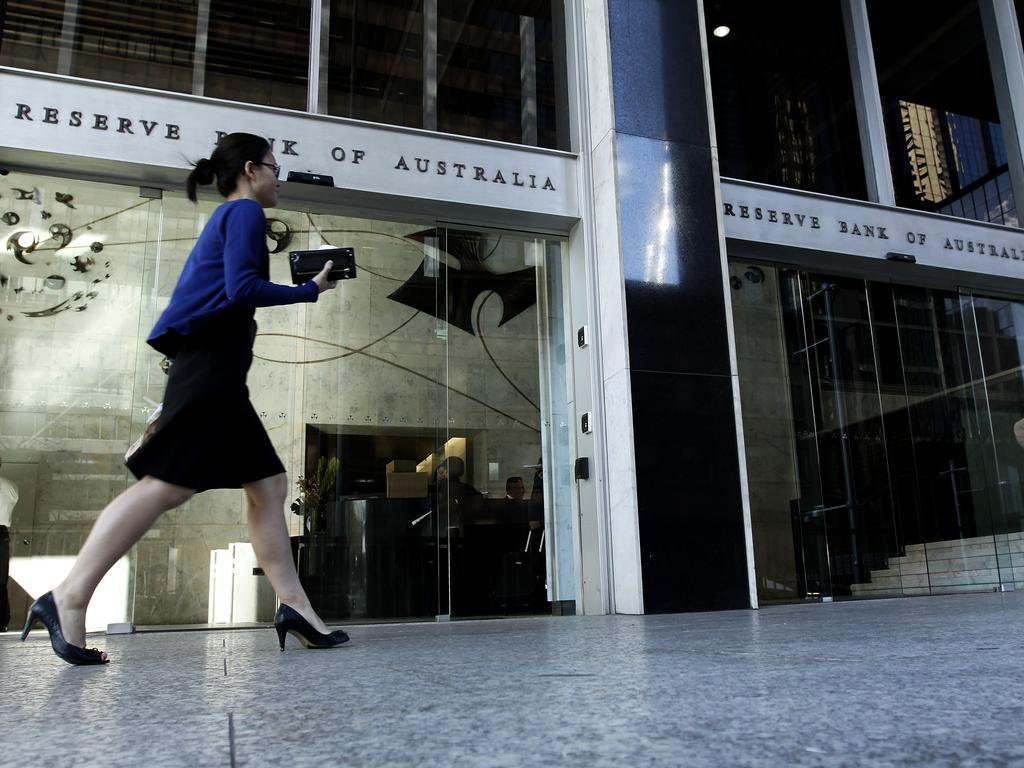

With another Reserve Bank Board meeting having come and gone, the bottom line message from the official press release is that our central bank doesn’t quite know what to do. Despite that, they’ve done the right thing by doing nothing!
Jerry Seinfeld from the legendary TV show that took his surname talked about men, allegedly, being biologically built to do big things, such as building bridges, skyscrapers and highways. But why don’t they do these things? “Because it’s really, really hard!”
And the same goes with interest rate or monetary policy, especially when you are trying to kill inflation, when you have young people living at home without loans and older Aussies out of debt, enjoying high interest rates and with their super returns very strong.
These people are still able to spend and help services inflation to remain high, while those in the mortgage belt have gone over the mortgage cliff, pulled down by big borrowings and high interest rates after they shifted from low fixed rate home loans to near 6% variable rate loans.
Throw in a big influx of foreign arrivals (immigrants, overseas students and backpackers) in a country where politicians are hopeless on housing and scared of NIMBYs (“not in my backyard” ratepayers) and rising rents aren’t helping the Reserve Bank’s efforts to beat inflation.
As I read the RBA’s press release, the bottom line message effectively said: “We don’t know whether we should cut or raise rates!” And as Shane Wright in the SMH noted, the official statement used the word “uncertain” eight times. This was a 100% increase on the use of that word compared to the statement that came out when the RBA last raised the cash rate. That was great spotting by Shane!
The Board is:
1. Uncertain about the lag for monetary policy because 48% of people were on fixed rate loans after the pandemic took interest rates down to very low levels. Historically, only 18% of borrowers were on fixed rate loans, so when the RBA raised rates, they hurt and worked faster, and the lag was shorter.
2. Uncertain about the outlook for household spending, with 13 interest rate rises meeting tax cuts that kick off in July, thanks to the last Albanese Budget.
3. Uncertain about the Chinese economy that could easily help a rebound in exports and GDP growth.
4. Uncertain about the overall economic growth outlook, but the Board is certain that the last reading on growth showed the economy was slowing but future readings aren’t clear.
5. Uncertain about future consumption and saving, as the last National Accounts showed the former was going up a little while the latter was going down, but these could be one-off aberrations. If rate rises are working, consumption should be falling and savings rising, hence the uncertainty issue.
Helping us understand the RBA’s uncertainty is this from Governor of the Bank, Michele Bullock, who says less saving and more spending can mean people are confident about the future and therefore are happy to run down savings to go holidaying or buy a new car.
However, she looked at the opposite take on lower savings with this: “The other way you can interpret it is that people are really hurting and they’re not saving as much, and they’re really struggling to make ends meet, in which case that doesn’t bode so well for consumption”.
And they could be spending more because the cost of living is demanding they spend more.
My best-case scenario is that over the next five months — July to November — the economic data drops start to show that the rate rises are working, with consumption, inflation and job creation falling, which could mean Cup Day on the first Tuesday in November becomes a chance for us to see the first rate cut.
The RBA needs to be less uncertain. Only data showing that their 13 rate rises are doing the intended job to lower inflation can change that. Thankfully, overnight, the Yanks got a lower-than-expected retail number that followed a lower-than-tipped business inflation figure. Now a September rate cut is looking like a real possibility.
History has said our RBA often waits for the Fed before cutting but we do need to see economic readings starting to KO our central bank’s uncertainty or else it could mean rates are held high for longer or could even go higher.
That would be a nightmare for those in the mortgage belt and those in the Albanese Government. The PM needs to see two or three rate cuts before asking voters of Australia to give his team another chance. It’s why I’m certain he won’t go to the polls before May. If he does, it will be a bad omen for where rates could be heading!